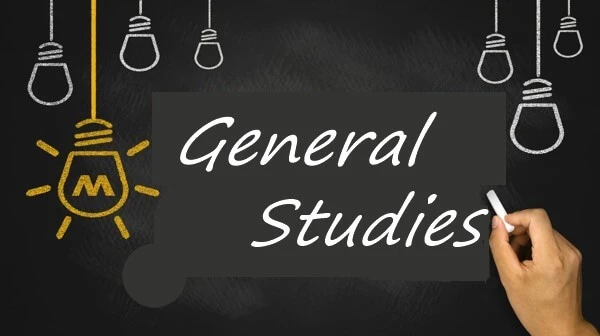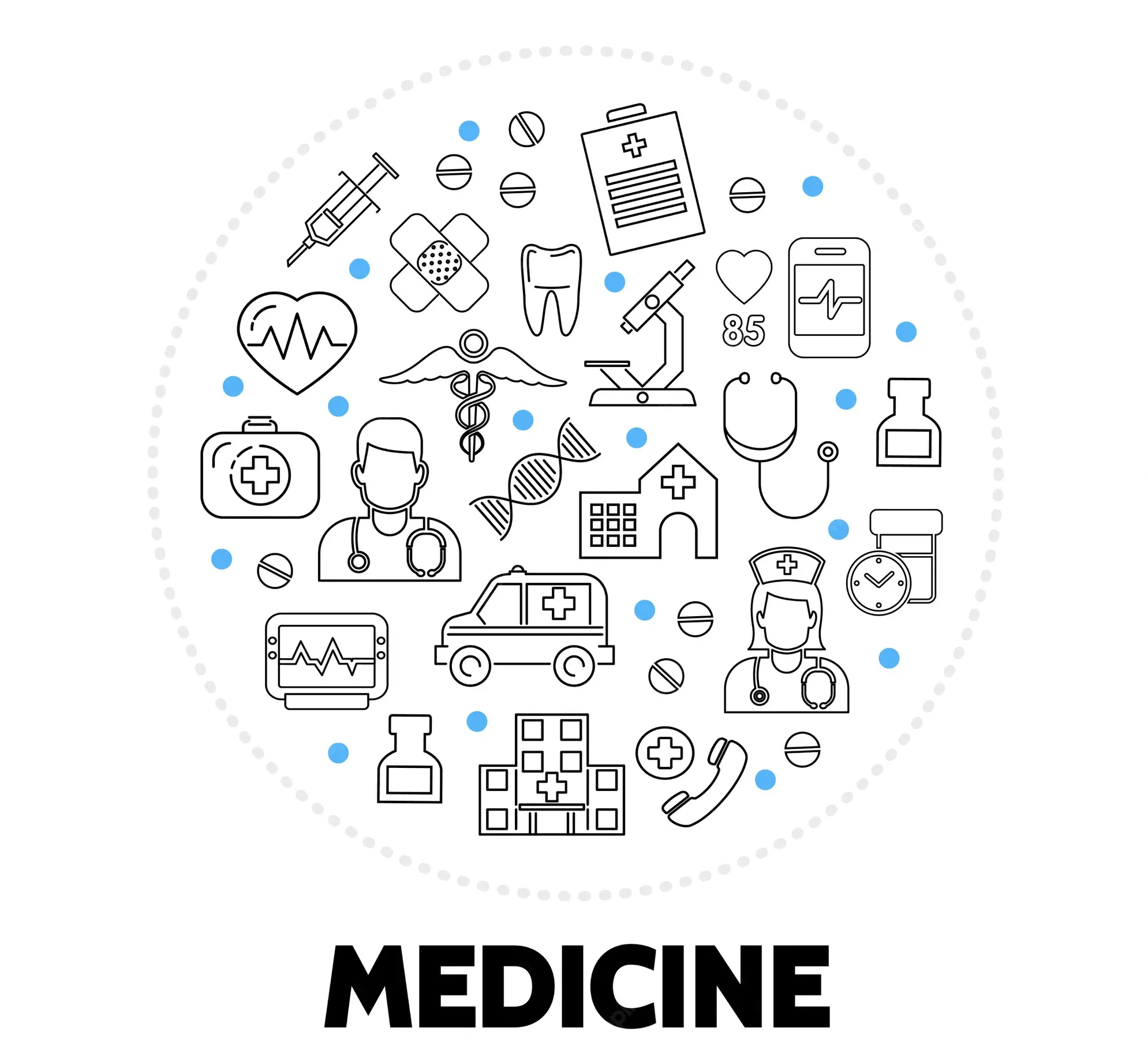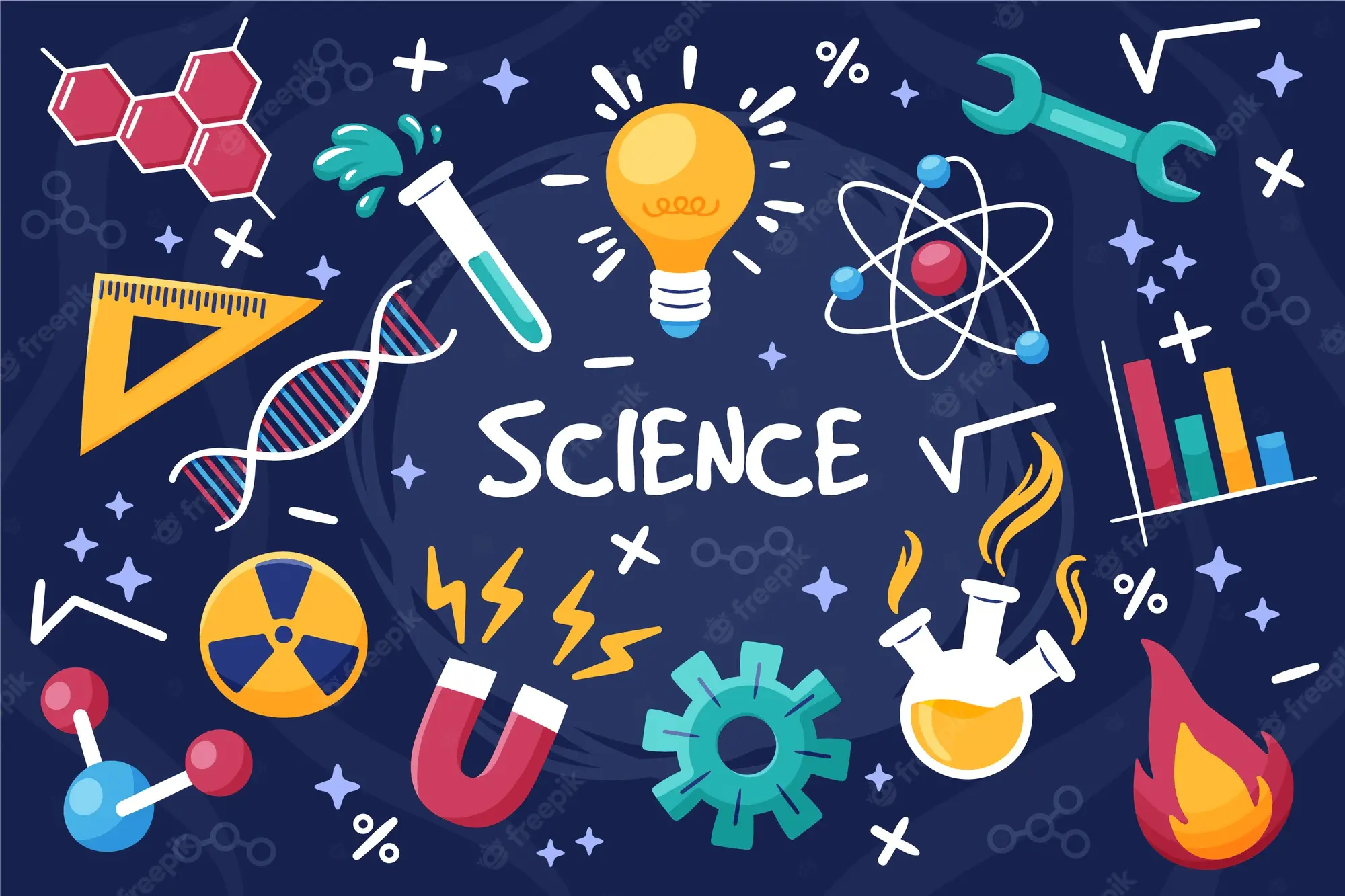Rutherford Atomic Models Books
ATOMIC AND NUCLEAR PHYSICS Complete lecture note
Author: Orosun
School: University of Ilorin
Department: Science and Technology
Course Code: PHY142
Topics: Atomic physics, Nuclear physics, WAVE-PARTICLE DUALITY OF LIGHT, PHOTOELECTRICITY, COMPTON SCATTERING
Author: PHY
School: University of Ilorin
Department: Science and Technology
Course Code: PHY142
Topics: Atomic structure, Atom
Public Relations Models Used in Solving Community Relations Cases
Author: Ngozi Okeibunor
School: Benson Idahosa University
Department: Administration, Social and Management science
Course Code: MAC317
Topics: Public Relations Models, race model, research, Transfer Process Model, Two-Way Symmetric Model, RICEE Model, IPCM Model, PPCRD Model
Communication Models for the Study of Mass Communications ,2nd edition
Author: Denis Mcquail, Sven Windahl
School: University of Ibadan
Department: Arts and Humanities
Course Code: CLA104
Topics: communication models, personal influence, mass communication, media organization, planned communication, new media, information scoiety, planned communication, international communication
Introduction to Syntactic Models
Author: BA Okolo
School: National Open University of Nigeria
Department: Arts and Humanities
Course Code: ENG221
Topics: Syntactic Models, language structure, English syntax, syntax analysis, Traditional Grammar, Traditional Grammar critique, Finite State Grammar, Phrase Structure Grammar, lexicon, phonology, syntax, semantics, Syntactic Component, Syntactic Rules, Parts of Speech, parsing, Concatenation, words, words relationship
Basic Principles of Inorganic Chemistry Lecture note
Author: CHM101
School: University of Nigeria, Nsukka
Department: Science and Technology
Course Code: CHM101
Topics: Inorganic Chemistry, atomic structure, quantum theory, electromagnetic radiation, light waves, quantum theory of light, photoelectric effect, Einstein's electromagnetic theory, atomic spectra, Bohr's atomic theory, Bohr's postulates, Bohr's assumptions, Bohr's theory, wave mechanics, Quantum numbers, Schroedinger ideas, electronic configuration, Pauli's exclusion principle, Aufbau process, atomic radius, ionization energy, electron affinity, hydrogen, nitrogen, oxygen, phosphorus, sulphur, chlorine, bromine, iodine, sodium, calcium, aluminum, iron, manganese, copper, zinc, nuclear chemistry, radioactivity, nuclear stability, radioactive decay, radioactive nuclide, carbon-14 dating, nuclear transformation, nuclear reactor, nuclear reaction, nuclear fission, atomic bomb, nuclear fussion, hydrogen bomb
Foundation chemistry Access chemistry
Author: AO Oyewale, FM Folarinmi
School: National Open University of Nigeria
Department: Science and Technology
Course Code: CHM001
Topics: elements, compounds, atomic theory, chemical reaction, atom constituents, chemical symbols, chemical formulae, chemical reactions, chemical equations, electronic configuration, atomic number, mass numbers, nuclear atom, electronic, energy levels, Ion formations, nuclear reactions, radioactivity, nuclear radiations, nuclear fusion, nuclear fission, radioactivity hazards, chemical bonding, electrovalent bonding, Ionic bonding, electrovalent compounds, covalent bonding, covalent compounds, coordinate covalent bonding, dative covalent bonding, metallic bonding, intermolecular bonding, Van der Waal's forces, dipole-dipole attractions, hydrogen bonding, periodic table, periodic law, transition elements, atomic orbital model, principal quantum number, subsidiary quantum number, azimuthal quantum number, magnetic quantum number, spin quantum number, atomic orbital shape, atomic size, ionic radius, ionization energy, electron affinity, electronegativity, mole concept, melting, vaporization, boiling point, evaporation sublimation, heating graphs, cooling graphs, Boyle's law, Charles's law, Avogadro's law, boiling, solid classification, solid properties, molecular solid, metallic solid, Ionic solid, covalent solid, energy changes, heat content, heat of reaction, exothermic reactions, energy level diagrams, standard state, thermochemical equations, entropy, entropy change, free energy, chemical kinetic, rate of a chemical reaction, temperature, gas pressure, catalyst, activation, reaction rate, collision theory, Le Chatelier's principle, Haber process, contact process, salt hydrolysis, buffer solutions, common Ion effect, solubility product, Acid bases, salt, electrolysis, redox reactions, electrolytic conduction, oxidation, reduction, copper purification, electroplating, quantitative hydrolysis, metal corrosion, iron rusting, carbon, carbon allotropes, Diamond graphite, amorphous carbon, combustion reactions, industrial gas chemistry, metals, alloys, chemical industry, heavy chemicals, fine chemicals, fertilizers, plastics, soaps, detergents, pharmaceuticals, Nigerian chemical industry, aromatic compounds, Alicyclic compound, heterocyclic compound, homologous series, functional groups, isomerism, structural isomerism, geometric isomerism, IUPAC Nomenclature of organic compounds, purification methods, distillation, crystallization, chromatography, empirical formula, molecular formular, alkanes, natural gas, petroleum crude oil, benzene, fractional distillation petrol quality, cracking, isomerization, petrochemicals, alkanols, alkanoic acid, alkenoate, fat, oils, amino acid, polymer chemistry, polymerization processes, condensation polymerization, resins, natural polymers, carbohydrates, proteins, synthetic polymers, water pollution
atomic and nuclear physics material
Author: PHY
School: University of Ilorin
Department: Science and Technology
Course Code: PHY142
Topics: radioactivity
Chemical Bonding II ( Molecular Geometry and Hybridization of Atomic Orbitals )
Author: CHM
School: University of Ilorin
Department: Science and Technology
Course Code: CHM132
Topics: Molecular Geometry, Hybridization, orbitals, Chemical Bonding
Author: Gaurav Tripathi
School: University of Nigeria, Nsukka
Department: Engineering
Course Code: EGR201
Topics: Materials Science, materials Engineering, Rutherford model, Bohr model, atom, De- Broglie’s atomic model, Atomic bonding, ionic bonding, covalent bonding, Secondary Bonding, metallic bonding, Fluctuating Induced Dipole Bonds, Polar Molecule-Induced Dipole Bonds, Permanent Dipole Bonds, Crystallography, crystal structures, Crystal Lattice, Bravais lattices, Metallic Crystal Structures, Polycrystalline Materials, Non-Crystalline Solids, Miller Indices, Point Defects, Mechanical Properties of Metals, Stress-Strain curve, Elastic deformation, plastic deformation, Tensile Properties, Brinell Hardness Test, Micro-hardness Test, Knoop Hardness Test, Scleroscope Hardness Test, durometer, fracture, creep, dislocation, Solid-Solution Strengthening, Microstructural Exam, Grain size determination, carbon steel, cast iron, alloy, Dielectric Materials, Dielectric strength, Intrinsic dielectric strength, Magnetic Properties, Diamagnetism, Ferromagnetism, Ferrimagnetism, Hard Magnetic Materials, Extrinsic Semiconductor, semiconductor
Departments

Administration, Social and Management science

Agriculture and Veterinary Medicine

Arts and Humanities

Education

Engineering

General studies

Law

Medical, Pharmaceutical and Health science

Science and Technology